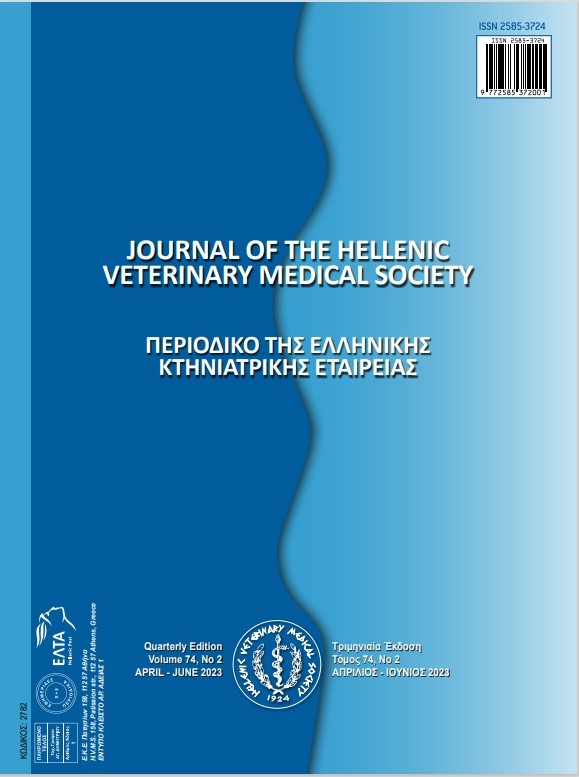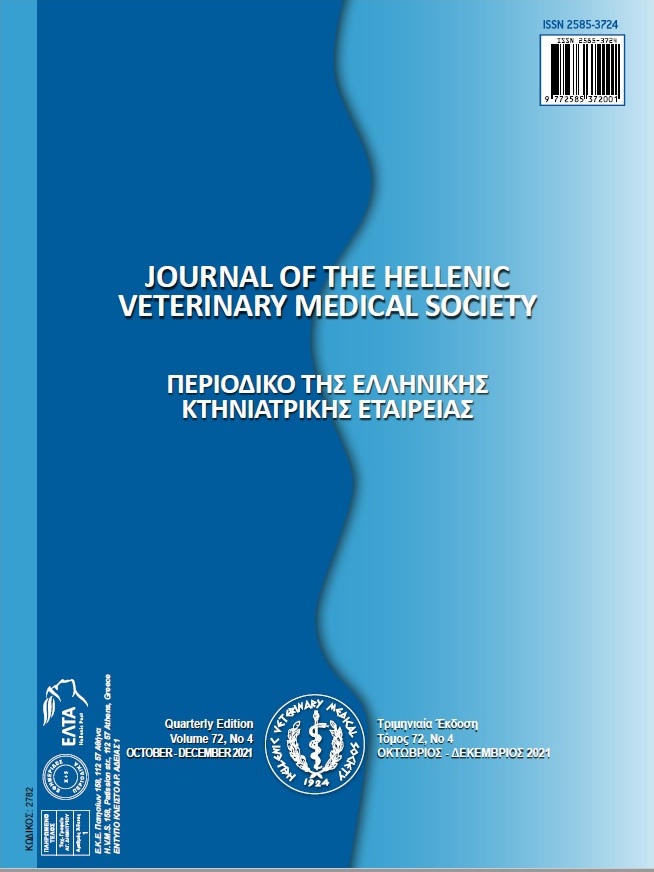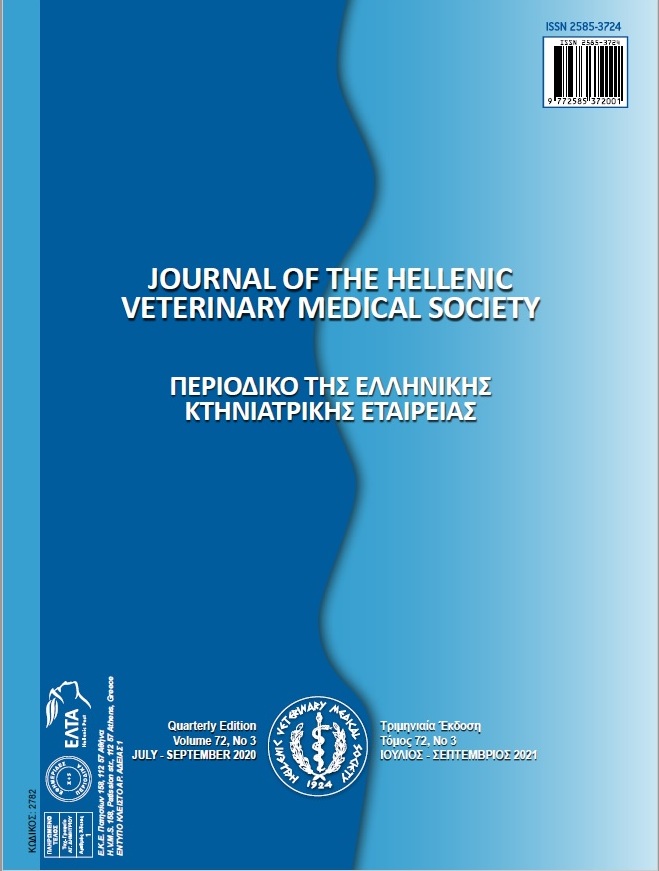A Review on Recent Advancement in the Molecular Diagnostics of Leishmania

Abstract
Leishmaniasis is a protozoan infection with chronic manifestation, having high morbidity and mortality rates, and adversely affecting almost every species of animals. It is a globally prevalent vector-borne disease throughout all tropical and subtropical regions. Twenty intracellular species belonging to the genus leishmania cause all types of leishmaniasis infection, including cutaneous, mucocutaneous, and visceral leishmaniasis in animals and human beings. Sandfly, as a vector, is responsible for its transmission between different hosts. Animals and humans affected with leishmaniasis may be prone to re-infection of another disease, especially the human immunodeficiency virus (HIV) syndrome, through trans-activation modification of the immune system. Several diagnostic procedures have been developed and are being used for its detection and confirmation. Hence, there is a need for standard as well as advanced diagnostic tools that are immediately required to identify the species for further treatment and to adopt precautionary and safety measures against leishmaniasis. The current review constitutes a brief picture flowing from microscopic evaluation to all possible immunological techniques that can detect the species and can differentiate between different types of leishmaniasis, along with the morphology and various routes of transmission of the parasite. These methods include serological antigenic screening like direct and indirect agglutination tests, indirect fluorescent antibody test, enzyme-linked immunosorbent assay, western blotting, and immuno-chromatographic test to advanced molecular techniques like nucleic acid sequence-based amplification, polymerase chain reaction, loop-mediated isothermal amplification assay and some modern techniques like proteomics, transcriptomics and protein biomarkers. The aim of this brief overview of all these diagnostic techniques is to summarize the recent development in the diagnosis to find a cheap and early diagnostic procedure for better detection and control of the infection.
Article Details
- Come citare
-
Aleem, M., Mohsin, M., Shahid, Z., Ijaz, A., Abbas, R., Saeed, Z., Zaman, M., Ali, H., Hussain, J., ur-Rehman, T., Shaukat, A., & Babar, W. (2023). A Review on Recent Advancement in the Molecular Diagnostics of Leishmania. Journal of the Hellenic Veterinary Medical Society, 74(2), 5551–5568. https://doi.org/10.12681/jhvms.27957
- Fascicolo
- V. 74 N. 2 (2023)
- Sezione
- Review Articles

Questo lavoro è fornito con la licenza Creative Commons Attribuzione - Non commerciale 4.0 Internazionale.
Authors who publish with this journal agree to the following terms:
· Authors retain copyright and grant the journal right of first publication with the work simultaneously licensed under a Creative Commons Attribution Non-Commercial License that allows others to share the work with an acknowledgement of the work's authorship and initial publication in this journal.
· Authors are able to enter into separate, additional contractual arrangements for the non-exclusive distribution of the journal's published version of the work (e.g. post it to an institutional repository or publish it in a book), with an acknowledgement of its initial publication in this journal.
· Authors are permitted and encouraged to post their work online (preferably in institutional repositories or on their website) prior to and during the submission process, as it can lead to productive exchanges, as well as earlier and greater citation of published work.




